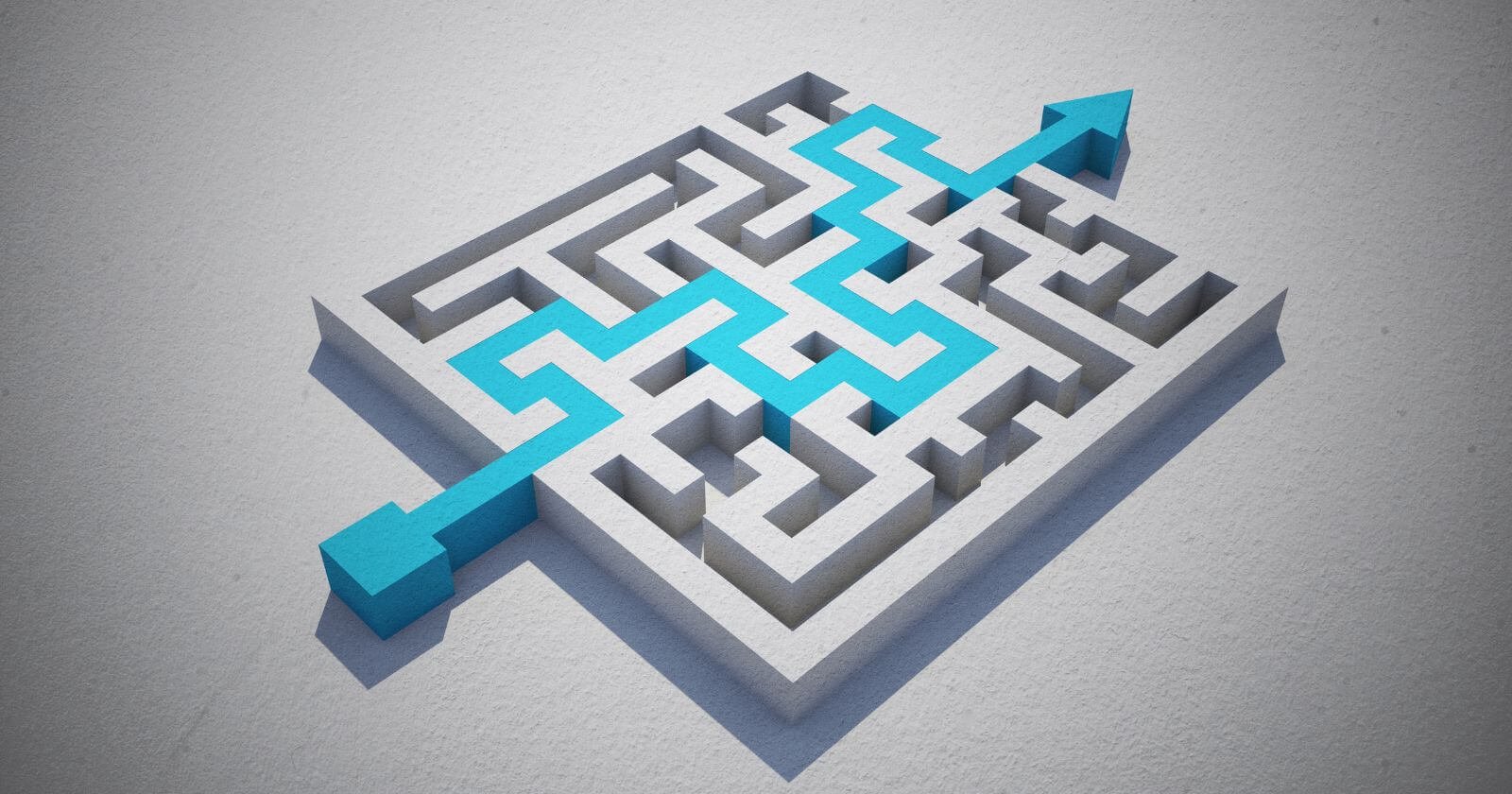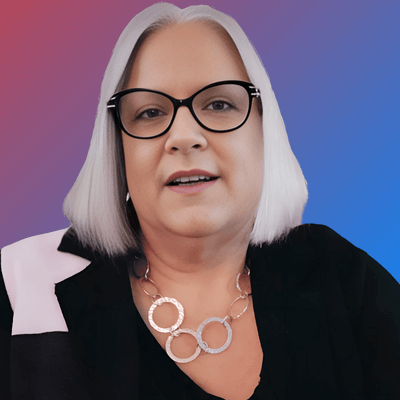How to Create a Customer Journey Map: A Practical Guide for Small Business Sales
Written by Lisa M. Masiello
If you’re trying to understand how your customer experiences your business from start to finish, creating a customer journey map is one of the smartest things you can do.
85% of business buyers and 79% of consumer buyers say that the experience a company provides is as important as its product or service.
Here’s a simple step-by-step process to create a journey map that actually helps you sell smarter and serve better.
But first, a little history.
Only a few short years ago, your marketing department could easily map a customer journey from the moment they learned about your business to the moment they made a purchase.
Step 1: They visited your website to learn about your products and services.
Step 2: They picked up the phone to speak with your sales team about their specific requirements or interests.
Step 3: They asked a few colleagues or friends if they ever heard of you.
Your marketing team controlled the pre-sales messaging, and your sales teams closed the deal. Pretty straightforward. Pretty simple.
Today, your buyer is in control. Not your marketing team. Not your sales team. Conventional marketers and the companies they support are losing out to competitors for reasons such as:
An ultra-competitive market with many businesses using virtually the same messages and marketing strategy
Similar merchandise that is almost identical to each other
The use of social selling and relationship building by every client-savvy and customer experience-focused sales and marketing professional
More stakeholders involved in the decision-making process
So, what are you supposed to do to stay ahead of your competitors?
In this post, I’ll cover:
what a customer journey roadmap is
the main steps in a customer journey
a customer journey map example for you to use to create your own
What is A Customer Journey Map in B2B ad B2C Sales?
Visualize a customer journey as the steps a buyer takes and the stages they move through as they discover your business and learn more about you on their way to becoming your customer.
That includes every experience a buyer has with employees across your organization (not just with marketing and sales), on your website, as part of your social media community, and all other online and offline interactions they have.
Creating a thoughtful and well-planned map based on this journey enables you to understand how your most valuable customers move through the sales process from contact, to marketing qualified lead (MQL), to sales qualified lead (SQL), to customer.
This valuable resource enables you to discover points along the way where your internal activities, campaigns, messaging, and materials are out of alignment with buyers’ needs and where you are doing well.
It also enables you to provide the right experience, message, or resource at the perfect time to close customers and increase sales.
How to Create a Journey Map for Small Business Sales.
Here’s a simple step-by-step process to create a customer journey map that actually helps you sell smarter and serve better.
Step 1: Identify your target customer profile for sales success.
Step 1 is to figure out who your target customer is. Your company’s management team is the perfect place to start because they can provide you with a picture of your target customer based on your company goals. Your customer database is another valuable resource. Take a look at it to uncover your most profitable customers and find common themes between them.
Don't presume that your biggest customers will be your best customers. That may be the case if revenue is your only criterion. If, for example, you are interested in expanding into a new industry, you need to assess your current customers in that industry and determine what made them select your product or service over others. The messaging and materials that resonated with them may also resonate with other businesses in that industry.
By speaking with your management team and reviewing your customer database, you are evaluating and selecting target customers at the company level. But that’s just the first part of the evaluation. The next step requires you to dig a bit deeper. Who are the people within these target businesses conducting product research, influencing the selection process, and making the final decisions—and what are their motivations?
Step 2: Identify key stakeholders and decision-makers in the buying process.
I separate Determine Your Target Customer and Uncover the Right Players into two separate steps because these groups are distinct. Assuming all people within one target customer organization have the same needs and approach the purchasing process with the same preferences is incorrect.
Let’s use an example of a sales VP who wants to purchase a new customer relationship management (CRM) software solution like Zoho CRM and Freshsales CRM for his sales department.
The sales VP may ask a team member to research the perfect CRM application for their needs. It should enable them to have a 360-degree view of each customer and easily upsell and cross-sell additional products and services to increase revenue.
At the same time, the sales VP may discuss this purchase with his company’s IT department to ensure they can integrate the final solution into the company's IT network. He also speaks with marketing’s CMO to ensure seamless integration with that department’s Campaigner, HubSpot, or other marketing automation software.
While the business-focused researcher and primary stakeholders have a specific set of criteria and biases on which application is best, the IT-focused influencers have a different set of requirements.
Therefore, before you progress too far down the road to creating a customer journey map, be sure to identify your target company and recognize the differences between all participants within the organization.
Step 3: Map buyer actions and touchpoints across the customer journey.
Evaluate your customers’ buying behavior internally, from within your organization and externally, by speaking directly with them.
Conduct an internal evaluation:
Gather and assess all customer data inside your organization. That may include running marketing automation and CRM reports, reviewing customer surveys, participating in sales calls, and listening to recorded customer service conversations. They will each provide you with insights into your customers’ experiences at every stage of the buying process.
Simultaneously, interview your company’s employees who regularly interact with customers to get their distinct perspectives. Make sure you go beyond the traditional sales, marketing, and customer care interviews to include other appropriate personnel.
Use the answers and anecdotes you received during your internal evaluation to develop a written set of assumptions. It is common for each department to have different ideas about your customers' priorities and their interactions with your organization.
Conduct an external evaluation:
Now you want to verify whether your internal assumptions stand up to close examination by reaching out to actual customers. Call them on the phone, distribute surveys, conduct focus groups, monitor social media channels, or choose another way to communicate with them directly.
In addition, it is beneficial to get direct input from current customers as well as prospects who may have ultimately purchased a product from a competitor. Understanding why someone didn’t choose your company is often more insightful than only speaking with customers who did.
Step 4: Refine your sales channels, buyer touchpoints, and marketing content.
Now that you have actual customer data rather than assumptions, you can move forward and create an accurate journey map.
It should contain information on:
How your customers currently interact with your company
What they want from the interactions they have with your company
What is missing
This dissection will illuminate where things are going well and where they are off target, enabling you to create physical materials, marketing campaigns, and revised messaging needed at each stage.
Step 5: Launch an aligned customer experience across sales and marketing.
After your journey map is complete and you create a tactical action plan to help plug the holes and enrich your customer experience throughout their journey, your last step is twofold.
Implement the plan you developed.
Integrate marketing campaigns, product messaging, sales scripts, and other appropriate resources across departments to provide exceptional, cohesive, and company-wide customer service.
Businesses that focus on their customers are, on average, 60% more profitable than those that don’t.
How to Build a Customer Journey Map Using Real Buyer Insights?
I have created and included below a journey map example for you to follow. It targets a customer interested in purchasing technology services from a small IT company. They may want to buy cloud computing services, the latest business application, or an effective work-from-home collaboration tool.
Your journey map doesn’t need to be fancy and doesn’t require you to purchase new software. You can create it in Excel, Google Sheets, or another spreadsheet you already use just as I did.
B2B and B2C technology companies devote a lot of time and effort to creating informational content like e-guides, white papers, and instructional videos that help potential buyers in the investigation or exploration phase of their journey.
They often overlook the material a buyer searches for after making their buying decision but have to persuade other stakeholders who may have influence over the decision-making process.
In a B2B business, you can create customer success stories that potential buyers can provide to their stakeholders.
In B2C business, customer stories or user-generated content can help the potential buyer convince other influencers that yours is the product to buy.
Of course, your list of the most effective sales and marketing materials for each stage will be unique to your organization, developed based on your customers' requirements and interests. While I can provide a good example of a customer journey map, the corresponding content development list will be specific to my journey map and related buyer. Your ideal sales channels, marketing content, and campaigns should be unique to you. There is no one-size-fits-all solution.
Three Powerful Benefits of a Customer Journey Map for Sales Growth.
Let’s recap.
The conventional sales and marketing journey is obsolete and never coming back.
Buyers who used to move from point A to point B to point C and point D during the customer journey now move from point A to point L to point E to point Y. Their customer journey is a bit more roundabout as they take a few detours along the way. This new journey requires you to recognize your customer's progression and their state of mind during each stage, as well as the value your business delivers at each point along the way.
Thoroughly understanding all aspects of your customer’s journey will drive advancements and improvements within your business, increase customer delight, grow sales to new customers, and cross-sell additional products to existing customers.
About Lisa M. Masiello
Lisa M. Masiello is a business owner, author, and coach who equips new and aspiring business owners with practical tools and clear knowledge to break free from the stuck phase and make real progress. With over three decades of experience guiding fast-growing startups and large corporations in their marketing strategy, she knows what it takes to build momentum and deliver results.





